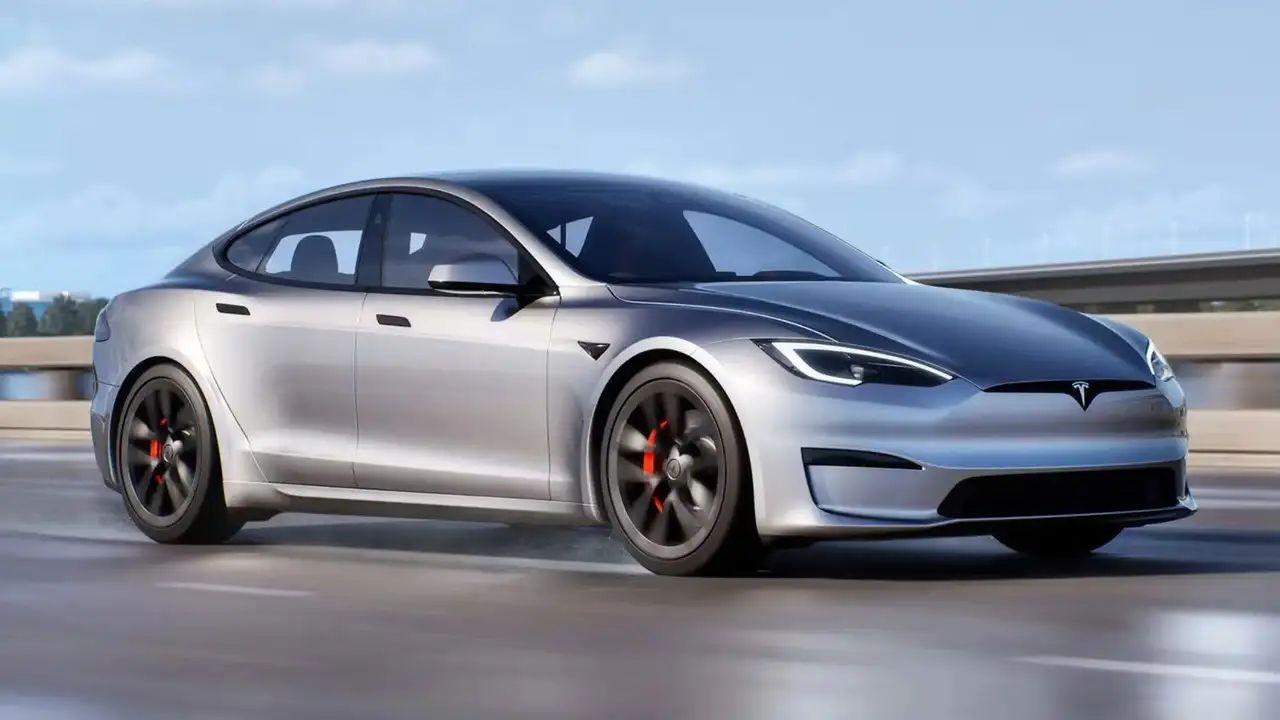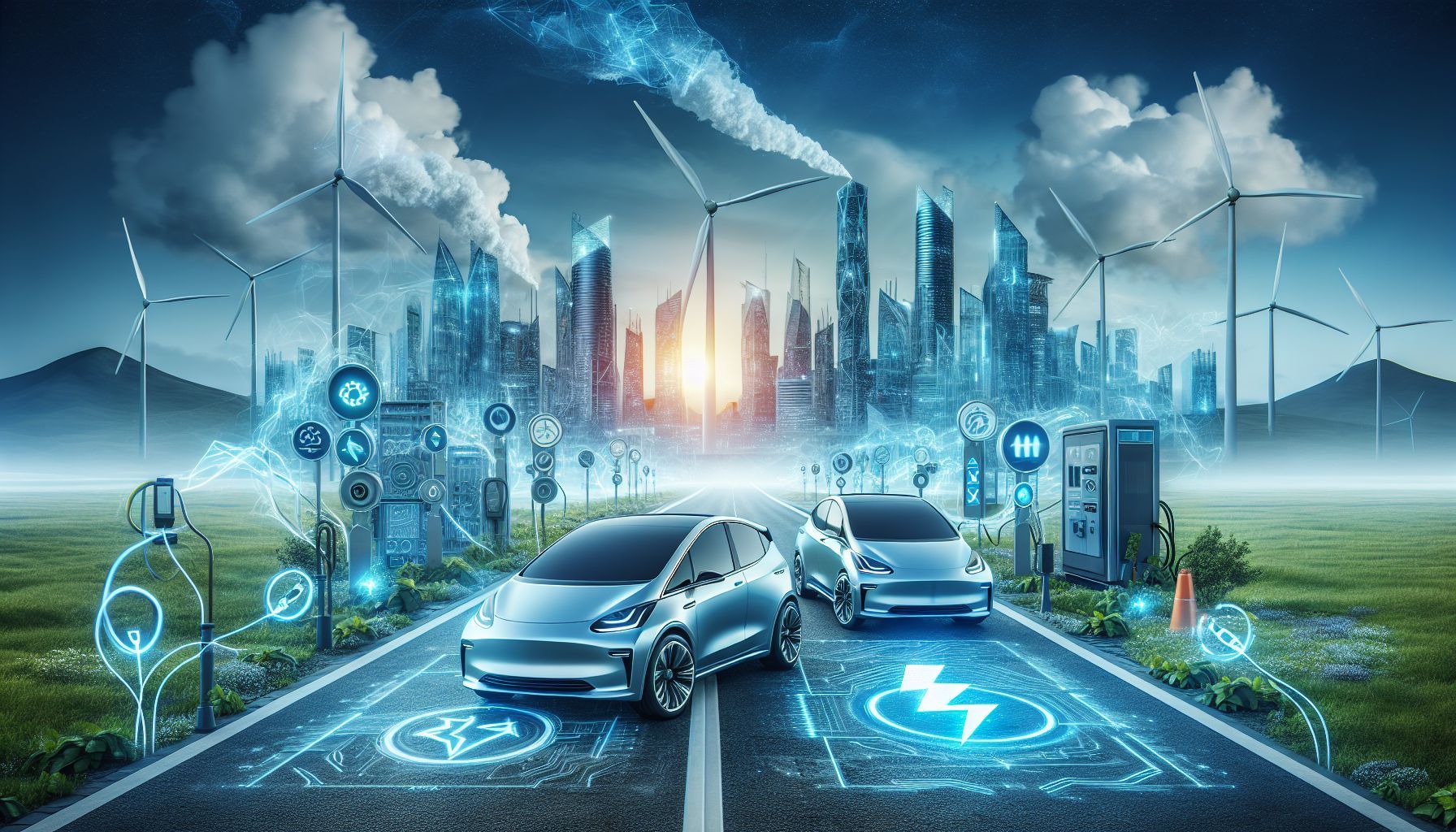
For years, the promise of electric vehicles has been tempered by a persistent question looming in the minds of prospective buyers: just how long will these cutting-edge machines truly last? It’s a natural concern, given the significant investment involved and the relative novelty of widespread EV adoption compared to the long-established internal combustion engine (ICE) world. Doubts about battery longevity and overall vehicle endurance have often been cited as a major barrier to wider electrification.
However, a new wave of rigorous, data-driven research is not only putting those anxieties to rest but also fundamentally reshaping our understanding of vehicle longevity. These studies are revealing that electric vehicles are not just catching up to their gasoline-powered counterparts in terms of lifespan and reliability; in many key aspects, they are beginning to surpass them, marking a significant milestone in automotive history. The narrative is shifting from cautious optimism to a robust confirmation of EV durability.
This in-depth exploration will delve into the compelling evidence supporting the extended lifespan of electric vehicles. We’ll dissect the findings of a pivotal multi-national study, compare modern EV endurance metrics against traditional cars, and uncover the inherent design advantages that contribute to their robust nature. Furthermore, we’ll shine a spotlight on the heart of the EV – its battery – examining its expected life, the crucial role of warranties, the factors influencing its degradation, and the exciting future of battery technology that promises even greater longevity.

1. **The Landmark Study on EV Lifespan and Reliability**
A groundbreaking multi-national study, conducted by researchers from the University of Birmingham and the London School of Economics (LSE), has provided compelling evidence that electric vehicles can now last just as long, if not longer, than traditional internal combustion engine (ICE) cars. This extensive research analyzed an unprecedented volume of data, including over 300 million records from 30 million cars, making its conclusions particularly robust and significant for the automotive industry and consumers alike. Published in the prestigious journal Nature Energy, these findings offer a clear indication of the remarkable advancements EV technology has achieved.
The study leveraged anonymized MOT test data from Great Britain, encompassing records from 2005 through 2022. This rich dataset allowed researchers to meticulously infer when a car’s life ended and what type of powertrain it utilized, providing a comprehensive historical perspective on vehicle longevity. The peer-reviewed findings clearly indicate that while early electric vehicles initially struggled to match the lifespan of ICE cars, they have since rapidly evolved to close that gap and, in many cases, exceed it. The study explicitly states, “While BEVs represent a newer technology that was traditionally less reliable, they have rapidly evolved, with the latest BEVs expected to outlast the average ICEVs within the same cohort.”
This research is not merely an academic exercise; it offers critical insights into the long-term viability and environmental impact of electric vehicles. Co-author Dr. Viet Nguyen-Tien from the LSE highlighted that the findings underscore how “BEVs are a viable and sustainable alternative to traditional vehicles – a significant step towards achieving a net-zero carbon future.” Echoing this sentiment, Professor Robert Elliott from Birmingham University added that “Despite higher initial emissions from production, a long-lasting electric vehicle can quickly offset its carbon footprint, contributing to the fight against climate change – making them a more sustainable long-term option.” These statements cement the study’s importance in both economic and environmental discussions surrounding electrification.

2. **Rapid Reliability Improvements: EVs Outpace ICE Cars**
One of the most striking revelations from the Birmingham/LSE study is the sheer pace at which battery electric vehicles (BEVs) have improved in terms of reliability. The rate of progress for EVs dramatically outstrips that of their fossil-fuel counterparts, indicating a technology that is maturing at an exceptional speed. This rapid evolution means that newer EV models are inherently more dependable, addressing one of the core concerns that early adopters of electric technology often faced.
The study quantified this impressive rate of improvement, revealing that for every year of production, the likelihood of a BEV failing dropped by a substantial 12 percent. This figure is significantly higher than the improvements observed for traditional vehicles. In comparison, gasoline engine vehicles saw their likelihood of failure drop by only 6.7 percent annually, and diesel vehicles showed an even more modest improvement of just 1.9 percent per year. This stark difference highlights the accelerated development cycle and optimization efforts within the EV industry.
What this means for prospective buyers is that the chances of a new BEV experiencing a breakdown are dramatically reduced with each successive model year. Those initial reliability concerns associated with nascent EV technology are quickly becoming a distant memory, replaced by a growing confidence in their enduring performance. The continuous and rapid refinement of electric vehicle components and systems is a testament to the industry’s commitment to making EVs not just an alternative, but a superior choice in terms of long-term reliability.
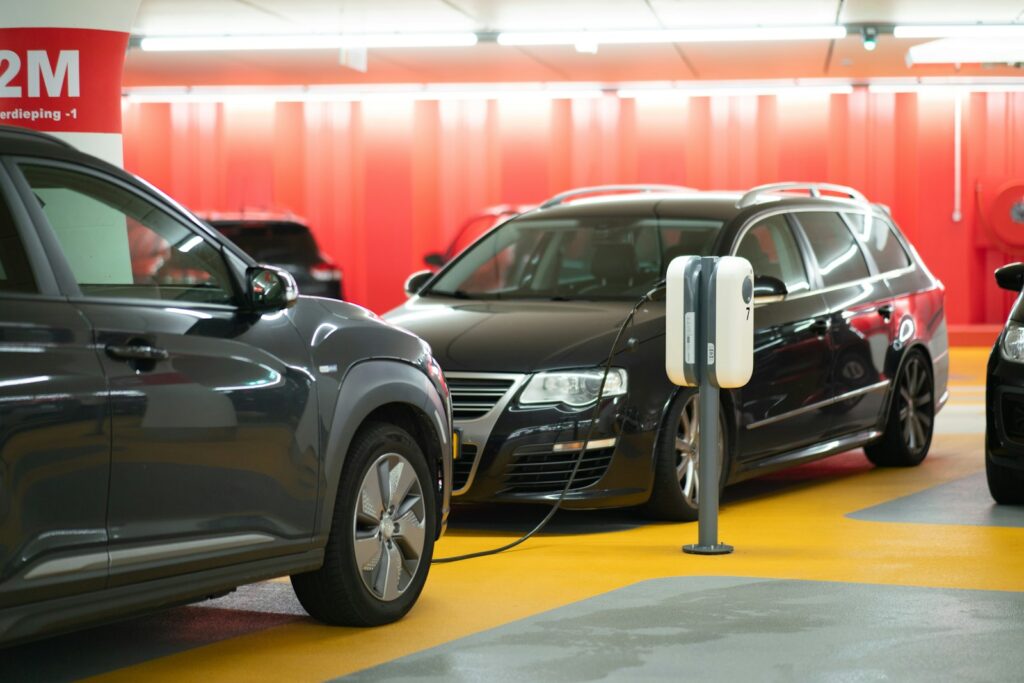
3. **Modern EV Longevity: Years and Miles Benchmarked**
To provide a tangible understanding of how far electric vehicles have come, the researchers offered concrete statistics on the expected lifespan and mileage of modern BEVs. These “hard numbers” serve as a clear benchmark, illustrating that contemporary electric vehicles are now robust competitors in the longevity stakes, capable of covering significant distances over an extended period, often surpassing traditional petrol cars in terms of mileage.
A modern BEV, according to the study, now boasts an impressive average lifespan of 18.4 years. Crucially, these vehicles are expected to cover approximately 124,000 miles, which translates to 200,000 kilometers, before they are considered to have reached the end of their operational life. This mileage figure is particularly noteworthy as it not only matches but demonstrably surpasses the average for petrol-powered cars, challenging the perception that EVs are short-lived alternatives.
For a comprehensive comparison, petrol cars typically have a slightly longer average lifespan at 18.7 years, but they generally cover fewer miles, averaging around 116,000 miles (187,000 km). Diesel cars, while having a shorter average lifespan of 16.3 years, often compensate with significantly higher mileage, frequently reaching about 255,000 miles (410,000 km) before retirement. While these figures represent averages and individual experiences may vary, they unequivocally demonstrate that modern EVs are firmly established in the same league as, and in some aspects exceeding, their internal combustion counterparts in terms of long-term endurance. The nationwide average age of all cars is now 12.5 years, showing how far modern vehicles, including EVs, are pushing the boundaries of longevity.
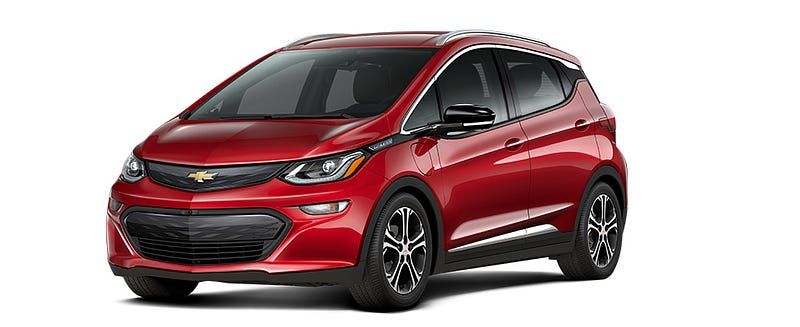
4. **Inherent Durability: Why EVs Are Built to Last Longer Mechanically**
Beyond the impressive statistics on lifespan and reliability improvements, a fundamental reason for the growing longevity of electric vehicles lies in their inherent mechanical design. Unlike complex internal combustion engine (ICE) cars, electric vehicles possess a significantly simpler powertrain, which translates directly into fewer components that are susceptible to wear, tear, and eventual failure. This simplicity is a profound advantage in the quest for long-term durability.
At its core, an EV lacks the intricate array of mechanical parts found in an ICE vehicle, such as pistons, valves, spark plugs, a complex transmission system, and various belts and fluids that require regular replacement. In essence, there are simply “more things that can wear out or go wrong in an ICE car than in an EV.” This reduction in mechanical complexity means fewer potential points of failure, leading to a more robust and inherently reliable vehicle over its entire lifespan.
The electric motor itself, a key component, is far simpler in construction than a petrol engine. It operates with fewer moving parts, reducing friction and the opportunities for mechanical fatigue. This design philosophy not only enhances immediate reliability but also contributes significantly to the vehicle’s long-term endurance. While the motor still requires regular maintenance to ensure optimal longevity, its streamlined design offers a distinct advantage, positioning EVs as intrinsically more durable machines that, with proper care, are engineered to last a very long time.

5. **Understanding Electric Car Battery Life and Warranty Protections**
For many considering the switch to electric, the lifespan and potential replacement cost of the battery pack remain a paramount concern. This anxiety is understandable, given that the battery often constitutes a substantial portion—typically 30% to 40%—of the total cost of a new EV. Replacement costs can indeed be significant, ranging from approximately $4,000 to $20,000, as exemplified by a Tesla Model 3 battery replacement costing about $13,500. This financial consideration is a key factor in the overall perceived longevity and value of an electric vehicle.
The good news, however, is that modern EV batteries are engineered for impressive durability, often lasting much longer than many initially feared. Experts now place the expected lifespan of these advanced batteries at a robust 15 to 20 years. This means that, in many cases, the original battery could potentially outlive the vehicle it powers, significantly alleviating concerns about premature replacement. Furthermore, manufacturers stand behind their battery technology with comprehensive warranties. Most EV batteries are protected for a minimum of eight years or 100,000 miles, whichever comes first. Many go even further, offering coverage for 10 years or 150,000 miles, or even beyond, providing a substantial safety net for owners.
While it is true that electric car batteries, like all rechargeable cells, will degrade over time, leading to a gradual reduction in charging capacities, this process is typically slow and predictable. Importantly, many EV battery warranties include provisions for replacement if the capacity drops below a certain predefined level during the coverage period, offering peace of mind. The odds of an EV battery simply failing entirely are, in fact, extremely low. A study by Geotab, analyzing data from 10,000 electric vehicles, revealed that battery degradation is surprisingly gradual, averaging a mere 1.8 percent per year, suggesting that many EV batteries can maintain strong performance well beyond two decades.
Name: Tesla Model 3
Manufacturer: Tesla, Inc.
Production: 2017–present
Assembly: unbulleted list
Designer: Franz von Holzhausen
Class: Mid-size car
BodyStyle: Sedan (car)
Layout: unbulleted list
Related: Tesla Model Y
Motor: unbulleted list
Transmission: Single-speed fixed (9:1 ratio)
Battery: unbulleted list
ElectricRange: unbulleted list
Charging: unbulleted list
Wheelbase: cvt
Length: unbulleted list
Width: cvt
Height: unbulleted list
Weight: cvt
Caption: 2019 Tesla Model 3 Performance
Categories: 2020s cars, ANCAP large family cars, All-wheel-drive vehicles, All Wikipedia articles in need of updating, All Wikipedia articles written in American English
Buying a high-performing used car >>>
Brand: Tesla Model: Model 3
Price: $16,467 Mileage: 95,860 mi.
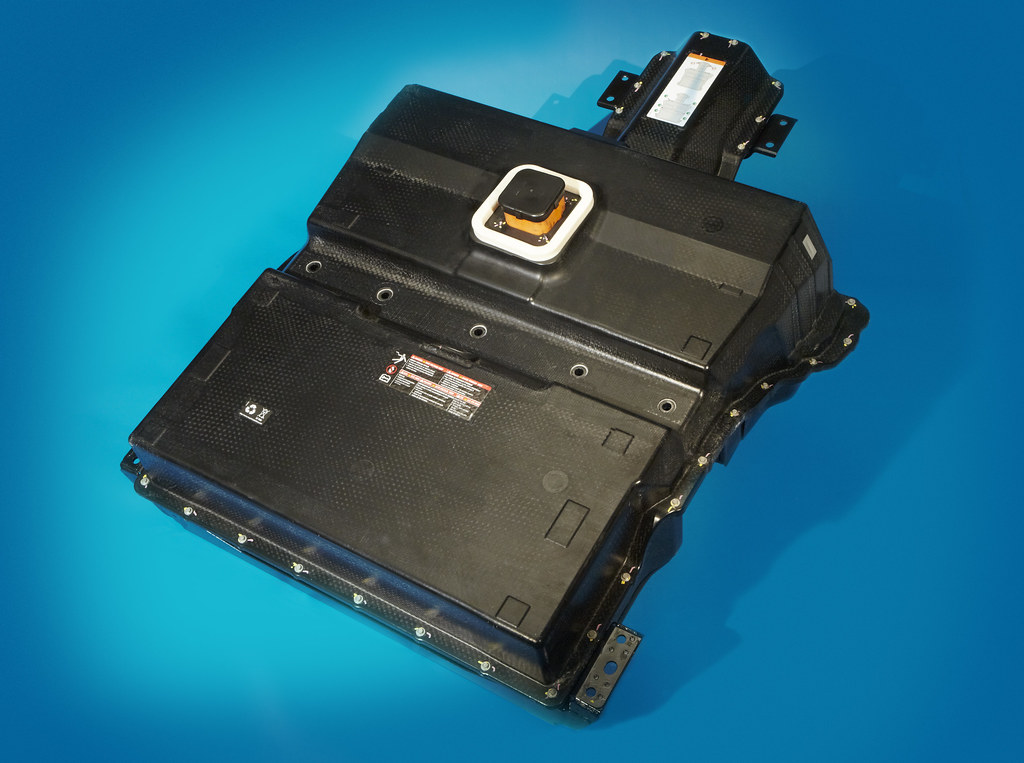
6. **Key Factors Driving EV Battery Degradation**W
While modern EV batteries are remarkably durable, their lifespan is not infinite, and their performance will gradually diminish over time due to several interconnected factors. Understanding these elements is crucial for owners aiming to maximize the longevity and efficiency of their electric vehicle’s most critical component. By being mindful of these influences, drivers can adopt habits that promote a healthier, longer-lasting battery.
One of the primary drivers of battery degradation is the number of charge cycles it undergoes. Each time an EV battery is charged and discharged, it experiences a minute loss of its overall capacity. The more frequently this cycle occurs, the more pronounced the gradual degradation will be. To mitigate this, experts suggest avoiding constant overcharging when it’s not strictly necessary. Utilizing smart chargers that optimize the charging process and refraining from continuous trickle charging with portable units can help preserve battery health over the long term. This balanced approach to charging helps to reduce the cumulative stress on the battery’s internal chemistry.
Temperature also plays a significant role in battery longevity. High temperatures can accelerate the chemical processes that lead to battery degradation, causing it to lose capacity more quickly. Conversely, extremely low temperatures can temporarily reduce a battery’s capacity and efficiency. Optimal battery performance occurs at moderate temperatures, which is why many electric vehicles are equipped with sophisticated battery thermal management systems. These systems actively regulate the battery’s temperature, cooling it when it’s too hot and warming it when it’s too cold, thereby protecting it from extreme conditions and extending its usable life. Beyond these, the inherent age of the battery will naturally see its ability to hold a charge gradually decrease, irrespective of usage patterns. Furthermore, underuse can also be detrimental: if an EV is left parked and uncharged for extended periods, the battery can gradually lose charge down to zero. Frequently charging a battery from a completely depleted state can have a negative impact on its overall lifespan. Finally, charging speed also contributes to degradation; fast charging, while convenient, delivers a large burst of power that can generate more heat, causing the battery to degrade faster. Slow charging, by contrast, is less stressful on the battery, making trickle charging a beneficial practice for maintaining battery lifespan.

7. **The Future of EV Batteries: Solid-State and LFP Technologies**
The rapid advancements in current EV battery technology are just the beginning, with the future promising even greater longevity, efficiency, and safety. Significant research and development efforts are focused on pushing the boundaries of what’s possible, leading to exciting innovations that will further solidify the electric vehicle’s position as a long-term sustainable transport solution. Two key areas of development, solid-state batteries and Lithium Iron Phosphate (LFP) batteries, stand out for their potential to revolutionize the industry.
Concerns over material scarcity and costs are driving many carmakers towards Lithium Iron Phosphate (LFP) batteries. These batteries offer several compelling advantages: they are more affordable to produce, which can help drive down the overall cost of EVs, and they are also noted for being more durable and inherently safer. While they typically store less energy, potentially leading to shorter driving ranges compared to other lithium-ion chemistries, their economic and safety benefits make them an increasingly attractive option for a wide range of electric vehicles, especially for those prioritizing endurance and cost-effectiveness over maximal range.
Beyond LFP, solid-state battery technology represents a profound leap forward. By replacing the liquid electrolyte found in traditional lithium-ion batteries with a solid ceramic material, these next-generation batteries promise a suite of benefits that could transform EV performance. Solid-state batteries are expected to offer a longer lifespan, further extending the usable life of electric cars beyond current estimates. They also hold the potential to double the range of EVs compared to present models, dramatically reducing range anxiety and making electric cars suitable for virtually all types of journeys. Furthermore, solid-state batteries are believed to be significantly safer for EVs, presenting a lower risk of catching fire or exploding under extreme conditions due to their stable, solid electrolytes. While mass production of solid-state batteries is still several years away, their development underscores a future where EV longevity, safety, and performance are continuously enhanced, reinforcing the long-term viability and sustainability of electric transportation.
Having thoroughly explored the battery’s pivotal role and its technological horizon, our journey into the enduring capabilities of electric vehicles now turns to the broader ecosystem that dictates their long-term viability. We move beyond the power pack to scrutinize the complete vehicle, examining how every component, from motors to brake pads, contributes to an EV’s impressive lifespan. This section will also illuminate the often-underestimated influence of driver behavior and maintenance, provide a candid look at the practicalities of battery replacement, and offer invaluable insights into making informed purchase decisions. Crucially, we will also cast our gaze toward the future, highlighting the transformative potential of the circular economy in ensuring these advanced machines remain sustainable assets for decades to come. By dissecting these additional layers of influence, we aim to provide a truly comprehensive understanding of what makes an electric vehicle a long-lasting investment.

8. **Beyond the Battery: Key Non-Battery Components Affecting EV Lifespan**
While the battery is undeniably the heart of an electric vehicle, its surrounding components also play a crucial role in determining the vehicle’s overall longevity. Unlike their internal combustion counterparts, EVs boast a simplified powertrain, yet attention to these non-battery elements is still paramount for maximizing the vehicle’s operational life. The electric motor, for instance, a simpler unit than a petrol engine, still demands regular maintenance to ensure its sustained performance and to avoid premature wear.
Beyond the motor, components like tires and brake pads present unique considerations for EV owners. Electric cars, due to the substantial weight distribution of their battery packs, can experience faster tire wear, underscoring the importance of diligent tire maintenance. Furthermore, the innovative use of ‘regenerative braking’ in EVs, which actively slows the vehicle by converting kinetic energy back into electricity, significantly reduces the wear and tear on traditional brake pads. Despite this, these pads still require routine inspection and servicing to sustain the vehicle’s lifespan effectively.
Regular servicing, as with any vehicle, remains a cornerstone of EV longevity. Adhering to the manufacturer’s service schedule is not merely a formality; it’s a proactive measure that ensures the EV runs smoothly and allows technicians to identify and address potential issues early. This foresight can prevent minor concerns from escalating into serious problems, ultimately safeguarding the vehicle’s long-term health and reliability.

9. **The Human Factor: How Driving Habits and Storage Practices Influence EV Longevity**
Beyond the intrinsic design and component quality, an electric vehicle’s lifespan is significantly influenced by the owner’s driving habits and how the car is stored over time. The way an EV is operated directly impacts the stress placed on its battery, motor, and other critical systems, thereby affecting how long these components—and the vehicle as a whole—will last. Adopting mindful driving practices can make a tangible difference in extending an EV’s operational life.
Aggressive driving behaviors, such as hard acceleration and frequent, aggressive braking, are particularly detrimental. Hard acceleration causes the battery to drain faster and puts considerable stress on the electric motor, potentially shortening its lifespan. Similarly, frequent aggressive braking not only wastes energy that could be recovered through regenerative braking but also causes unnecessary wear on the brake pads. Conversely, gradual acceleration and anticipating traffic flow to allow for more gentle, energy-recovering braking can significantly reduce strain on the powertrain and extend component life. Driving at consistently fast speeds also increases aerodynamic drag, forcing the battery to work harder and drain more quickly, further highlighting the impact of driving style on longevity.
Proper storage is another critical, often overlooked, aspect of maintaining an EV’s health, particularly for prolonged periods of inactivity. If an EV is left parked and uncharged, its battery can gradually deplete, and frequently charging a completely drained battery negatively impacts its lifespan. To prevent this, it’s crucial to charge the battery fully before storage and, for extended periods, disconnect the 12-volt auxiliary battery to prevent it from draining. Storing the car in a cool, dry place, inflating tires to recommended pressures to prevent flat spots, and using a car cover for protection are all vital precautions that ensure the vehicle’s components, including its sophisticated battery, remain in optimal condition.

10. **Navigating Battery Replacement: Practicalities, Costs, and Real-World Likelihood**
While modern EV batteries are engineered for impressive durability, the prospect of battery replacement remains a significant consideration for many owners. The practicality of swapping out an EV battery is highly dependent on the vehicle’s make and model. While some innovative manufacturers like Nio have developed rapid battery swapping systems, this capability is not universal. For most EV models, a full battery swap remains a challenging, time-consuming, and often costly undertaking, complicated by the variations in battery technology and voltage between different models and production years.
However, it’s crucial to contextualize the likelihood and cost of full battery replacement. While initial concerns about early EV models were valid, contemporary batteries, bolstered by improved technology and management systems, are significantly more durable. Studies such as one by Recurrent found that EV battery replacements are uncommon, with only 2.5 percent of vehicles across all years and models (excluding major recalls) requiring such an intervention. This rarity is further supported by Geotab’s analysis of 10,000 electric vehicles, which revealed a surprisingly gradual battery degradation rate, averaging just 1.8 percent per year, suggesting many EV batteries can maintain strong performance for well over two decades.
Should a full battery replacement become necessary, the costs can indeed be substantial, ranging from approximately $4,000 to $20,000. In Germany, for example, prices vary from €4,500 to €18,600, influenced by battery type, size, and manufacturer. Tesla Model 3 replacements tend to be more affordable within the brand, while Model S and X are at the higher end, and other brands like BMW and Nissan also exhibit wide cost ranges. However, it’s important to note that if a battery issue arises, it’s often possible to replace individual cells or modules rather than the entire pack, which can save both money and resources. Furthermore, industry trends project that these costs are expected to decrease as battery technology continues to evolve and production scales increase.
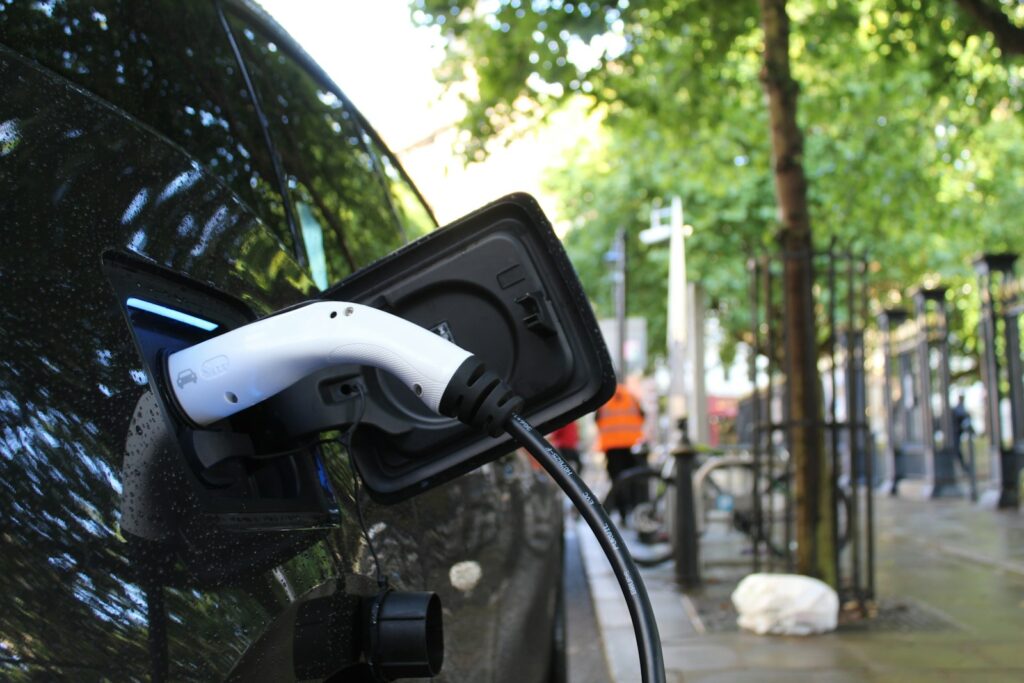
11. **Smart Buying Strategies for Long-Lasting EVs: What to Look For**
For prospective electric vehicle buyers aiming for maximum longevity, a strategic approach to purchasing is essential. Beyond the aesthetic appeal and performance metrics, several key factors should be meticulously evaluated to ensure a long-lasting and reliable investment. Due diligence at this stage can significantly influence the vehicle’s durability and your overall satisfaction with your EV for years to come.
One critical step is to thoroughly check the electric vehicle’s MOT (Ministry of Transport) history, which is readily available online through government websites. This historical data can reveal any recurring red flags or persistent issues that might signal underlying long-term problems with the EV. A clean or well-documented MOT history can provide valuable assurance regarding the vehicle’s past maintenance and overall condition, helping to predict its future reliability.
Another vital consideration is the presence and effectiveness of the EV’s battery cooling system. High temperatures are a known accelerator of battery degradation, causing a more rapid loss of capacity. Therefore, an electric car equipped with a robust and efficient battery thermal management system is better positioned to regulate the battery’s temperature, protecting it from extreme heat and, consequently, extending its lifespan. Coupled with this, a careful study of the manufacturer’s warranty is paramount. Buyers should specifically look for a comprehensive manufacturer’s warranty that explicitly covers the battery and other major components for an extended period, providing a crucial safety net for their investment.
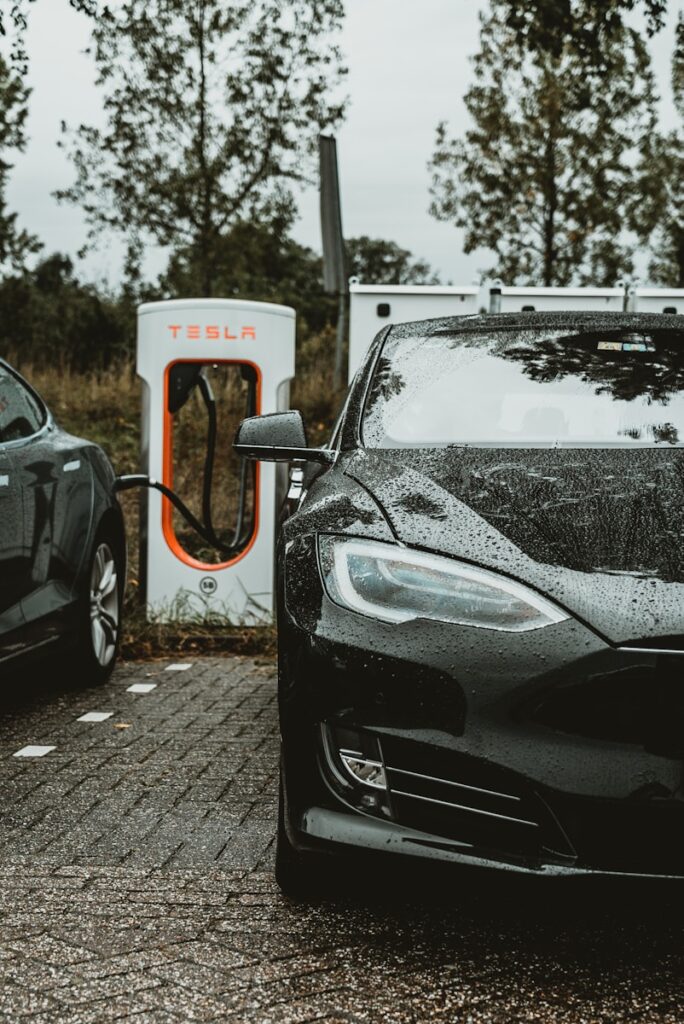
12. **Deciphering EV Warranties: A Guide to Comprehensive Coverage**
Understanding the nuances of electric vehicle warranties is not just about having coverage; it’s about optimizing your investment for maximum longevity and peace of mind. As the battery constitutes a significant portion of an EV’s cost, a meticulous comparison of warranty terms across different models and manufacturers is a smart buying practice. A thorough examination ensures you are comfortable with the level of protection provided for the vehicle’s most critical and costly components.
Start by assessing the basic or ‘bumper-to-bumper’ warranty, paying close attention to its duration and mileage limits. This fundamental coverage typically encompasses most vehicle components, excluding standard wear-and-tear items like tires and brakes. A warranty offering a longer duration and higher mileage threshold provides more extensive protection, safeguarding your investment against unforeseen issues. This foundational coverage sets the baseline for the vehicle’s expected reliability over its initial years of ownership.
Crucially, delve into the specifics of the battery warranty, as this is the most expensive and vital component of an EV. Look for warranties that offer a longer duration—typically 8 years or 100,000 miles minimum, with many extending to 10 years or 150,000 miles or more—and clear provisions for replacement if capacity drops below a specified level. Beyond these, consider the transferability of the warranty; a transferable warranty can significantly enhance the resale value of your EV. Finally, always scrutinize the exclusions and limitations, as these fine print details can profoundly impact the scope of coverage and the support you can expect to receive.
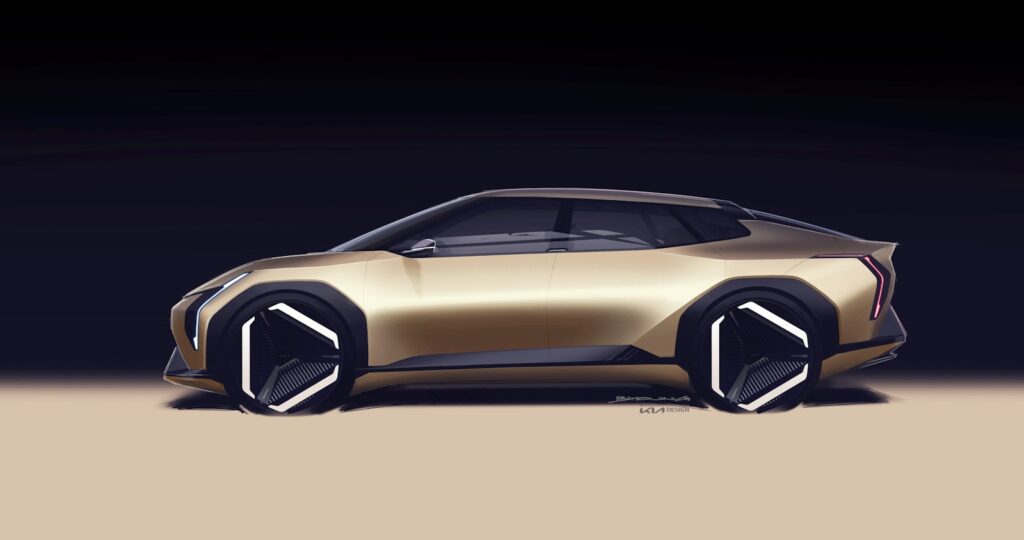
13. **Embracing the Circular Economy: Extending the Life of EV Batteries Through Repurposing**
As electric vehicles inevitably reach the end of their primary operational life, the concept of the circular economy emerges as a vital framework for maximizing the utility and sustainability of their components, particularly the high-voltage batteries. This approach moves beyond simple recycling, emphasizing reuse and repurposing to extend the lifecycle of materials and minimize environmental impact. It represents a significant stride towards a truly sustainable automotive future.
Even after EV batteries are no longer deemed suitable for powering a vehicle—typically when their capacity drops below 70 to 80 percent of their original—they often retain substantial energy storage capabilities. These ‘second-life’ batteries are ideal for less demanding applications, such as stationary energy storage systems for homes, businesses, or grid support. This repurposing not only extends the battery’s usefulness, delaying the need for recycling, but also conserves valuable resources and significantly reduces the environmental footprint associated with manufacturing new storage solutions.
However, the repurposing pathway is not without its challenges. Ensuring the reliability and safety of second-life batteries for new applications requires rigorous testing and standardization. There’s also a delicate trade-off: while repurposing delays recycling and allows the industry to mature, it also postpones the recovery of valuable raw materials like lithium, cobalt, and nickel. These materials are essential for advancing recycling efforts and reducing reliance on new raw material extraction, creating a dynamic balance that the circular economy continuously seeks to optimize for long-term sustainability.

14. **The Future is Green: Recycling and Material Recovery in the EV Ecosystem**
When EV batteries finally reach the true end of their usable life, whether from vehicle use or secondary applications, recycling becomes an indispensable final step in the circular economy model. This process is crucial for reclaiming the valuable and often rare materials contained within lithium-ion batteries, mitigating the environmental impact of disposal, and reducing the need for new mining activities. Advanced recycling methods are paving the way for a more resource-efficient future.
Lithium-ion batteries are rich in critical elements such as lithium, cobalt, and nickel, all of which can be efficiently recovered through sophisticated recycling processes. Techniques like hydrometallurgy and pyrometallurgy are employed to extract these materials at high efficiencies, transforming what would otherwise be waste into valuable resources for new battery production. Europe, in particular, is seeing the rise of dedicated battery recycling plants, such as the newly opened AE Elemental facility in Zawiercie, Poland, which prioritizes sustainable practices and comprehensive material recovery.
Beyond batteries, the recycling efforts extend to other significant EV components. Electric motors, for instance, are rich in copper and rare earth metals, making them prime candidates for recycling or refurbishment. These recovered materials can then be reintegrated into the manufacturing of new electric vehicles or various industrial machinery, further closing the loop on resource consumption. While challenges such as the need for standardized processes across the industry remain, the ongoing evolution of EV technology and recycling infrastructure is steadfastly building a greener, more sustainable future for transportation, ensuring that electric vehicles contribute positively to both individual mobility and global environmental goals.
As we conclude this in-depth exploration of electric vehicle longevity, it’s clear that the narrative surrounding EVs has dramatically shifted. No longer are they seen as a novelty with uncertain lifespans; instead, robust research and continuous technological advancements have firmly established them as durable, reliable, and increasingly sustainable alternatives to traditional vehicles. From the inherent simplicity of their mechanical design to the rapid improvements in battery technology, and from the critical role of conscientious driving to the innovative embrace of the circular economy, every facet points towards a future where electric cars are not just a viable option, but a long-lasting cornerstone of personal mobility. With proper care, smart buying choices, and an ever-evolving support infrastructure for recycling and repurposing, the 200,000-mile electric vehicle is not merely an aspiration—it’s quickly becoming the standard, ready to serve drivers for years, if not decades, to come. The road ahead for electric vehicles is long, promising, and remarkably clear.

